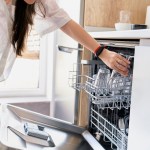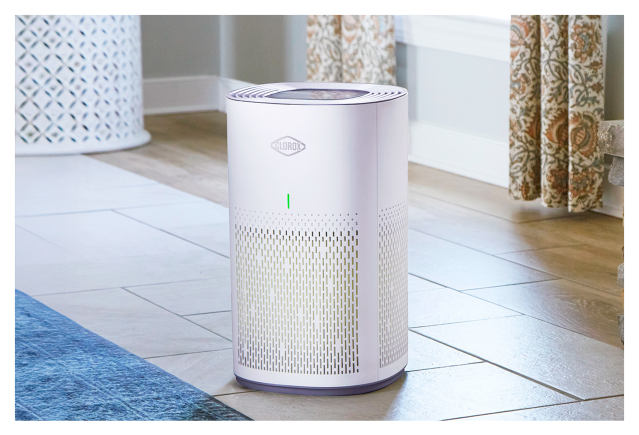Inflation is cooling, but utility bills are still heating up. One factor increasing your power bill is time-of-use pricing, an electric rate schedule that adjusts the price of your electricity kilowatts based on when you’re using it. However, you can use this information to your advantage, lowering your overall energy bills. Here are some tips on how to put those kilowatt savings back into your piggy bank.
All featured products and deals are selected independently and objectively by the author. Better Report may receive a share of sales via affiliate links in content.
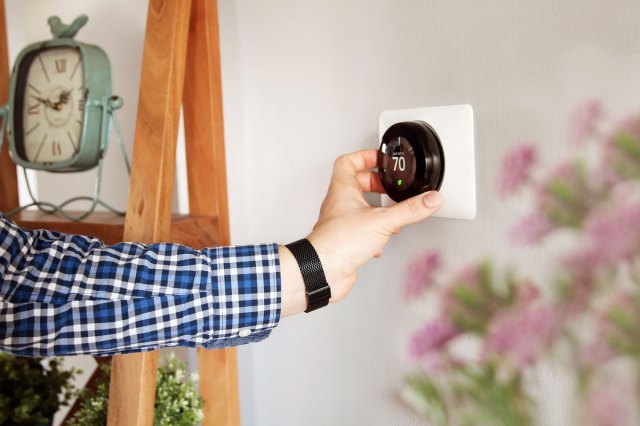
Appliances That Consume the Most Energy
To best conserve energy and money, start by identifying which appliances are the biggest offenders on your monthly bill. Here are percentages of how much of your total energy each major appliance roughly uses.
• Heating and cooling: 45-50%
• Water heater: 12%
• Lighting: 9-12%
• Refrigerator: 8%
• Washer and dryer: 5%
• Electric oven and stove: 3%
• Dishwasher: 2%
•TV and media: 2%
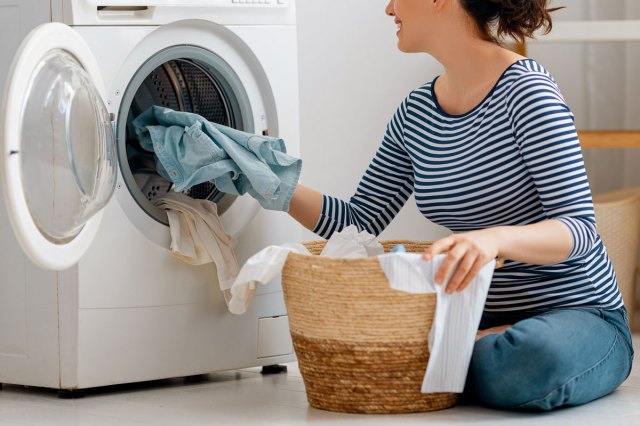
Find Your Peak
Generally, the least expensive time to run your appliances is later in the evening, when most homes in your area begin to turn off lights and other appliances, reducing the load on the power grid. In many areas, off-peak prices are approximately 70% less than peak prices. Peak hours vary slightly by region, so check with your utility provider.
Additionally, weekends are considered to be off-peak hours for the entire day. If you can plan your energy-intensive tasks for Saturday and Sunday, you’ll typically save money on your monthly energy bill.
Here’s an overview of the peak hours by time zone and season so you know when to avoid running your appliances.
Summer
| Time Zone | Peak Hours |
|---|---|
| Eastern | 2-6 p.m. |
| Central | 1-5 p.m. |
| Mountain | 8 a.m.-11 p.m. |
| Pacific | 5-9 p.m. |
Winter
| Time Zone | Peak Hours |
|---|---|
| Eastern | 6-10 a.m., 6-10 p.m. |
| Central | 5-9 a.m., 5-9 p.m. |
| Mountain | 7 a.m.-10 p.m. |
| Pacific | 6-10 a.m., 5-8 p.m. |
Reader Favorites

Be Mindful of “Vampire” Appliances
It’s estimated that up to 35% of household energy use is due to “vampire” appliances — items that draw energy even when unused. Cellphone and laptop charging bricks are one of the biggest offenders — keep them unplugged when not in active use. If you want to hunt down all your vampires, many public libraries will loan you an energy meter to determine exactly how much electricity your appliances use, or you can purchase one on Amazon.
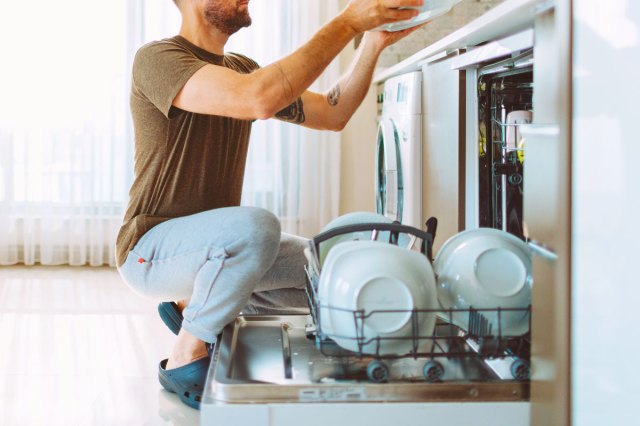
Additional Tips
Take advantage of timers on your appliances. For example, some dryers have delay timers, so you can schedule a cycle to start during off-peak hours. Your dishwasher may also offer a “delay 4 hours” setting that you can use as well. It’s best to schedule these cycles for off-peak but before sleeping for safety reasons.
Also, invest in ENERGY STAR appliances. While they may have a slightly higher up-front cost, ENERGY STAR-rated appliances save money in the long run with their energy efficiency. New smart appliances go even further by allowing you to schedule them to run at an optimal time or to turn them off remotely if you forget to do so before leaving home. Programmable smart thermostats like the Nest can also help regulate energy and add more pennies to your bank.
Featured Image Credit: Saklakova/ iStock
More From Our Network
Better Report is part of Inbox Studio, which publishes content that uplifts, informs, and inspires.




